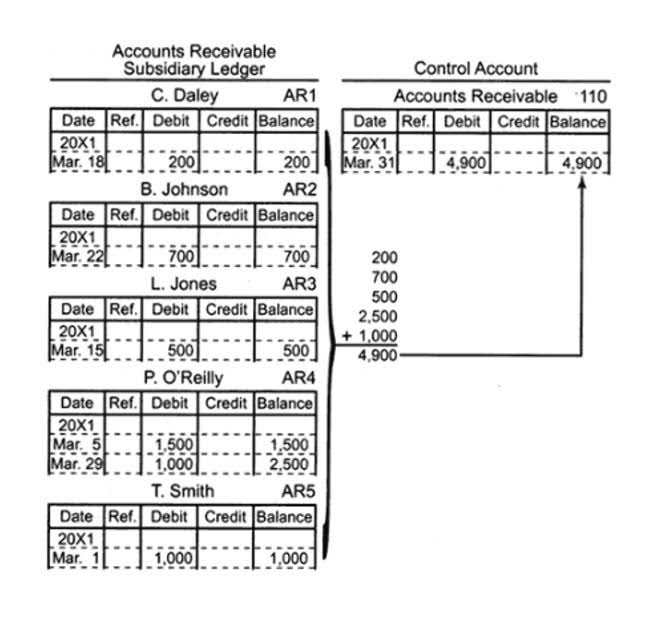
However, these costs must still be accounted for when determining the price absorption costing formula of a product. Absorption costing allows small businesses to consider all of their production costs, ensuring that they are pricing their products appropriately. Absorption costing gives a company a more accurate picture of profitability, especially if all of its products are not sold during the same period when they are manufactured.
Profitability Despite Lack of Knowledge- Drawbacks of Utilizing Absorption Costing
In conclusion, absorption costing provides businesses with a powerful tool to make informed decisions. By accurately allocating costs to products or services, businesses can determine their true profitability and optimize their strategies accordingly. From pricing decisions to product mix analysis, absorption costing plays a crucial role in driving profitability and ensuring long-term success.

Activity Based Costing / ABC method: Basics and Benefits
Your production costs by the absorption method are $100 per blanket, or a total of $1 million. It helps to make the managers more responsible for the costs and services provided to their centres/departments due to correct allocation and apportionment of fixed factory overheads. Under this technique, cost per unit remains same only when the level of Accounting for Churches output remains same.
- For example, the costs of all the raw materials used to make a product can be added to the direct labour to provide the cost of making each item.
- Once you have determined the usage for each activity, you can allocate the costs accordingly.
- Suppose a corporation operates with just-in-time inventory, which means it does not keep any starting or ending stock.
- Full cost absorption includes direct materials, direct labor, variable overhead, and fixed overhead in the product cost.
- This method helps the company keep track of all expenses accurately and set the correct prices for its chairs.
- Go through the production procedure and decide on the amount spent on each activity during the production.
Accounting for all production costs
Examples of inventoriable expenses for financial reporting may be found in Figure IV 1-1 of section 1.4.4. Now that we have the Absorption Cost calculated and we know that the management is looking for a mark-up of 35%, we can calculate the selling price. This shift is also driven by the need to fill roles that U.S.-based workers alone can no longer meet. As demand for specialized skills rises, businesses are broadening their hiring strategies, looking to Latin America as a solution to the talent gap. Latin America is the region where companies are hiring the most internationally, according to a report by Deel. “This change is helping people find better opportunities, with rising salaries in many developing economies,” the Deel report says.

Step 3: uner / over absorbed fixed production overhead costs
(a) All manufacturing costs, whether direct or indirect, are absorbed by the product produced. These other manufacturing costs are charged to products by computing predetermined absorption rate or rates, depending upon whether a blanket rate is used or departmental rates are applied. In the long run, all costs are to be recovered, whether it may be fixed or variable direct or indirect. After meeting all costs, there will be profit for which Return on Investment may be calculated and intimated to the management.

Top 2 Steps Involved in Absorption Costing (with Formula for calculating Overhead Absorption Rate)

For businesses managing multiple products, such as an apparel company producing scarves and dresses, the absorption method ensures each item’s cost is proportionally and fairly represented. net sales Many managers struggle with distorted profitability metrics, which are caused by unsold inventory that adds fixed costs forward. These challenges often make it difficult to assess true production efficiency and set accurate pricing strategies. However, the company also incurs indirect costs, such as factory rent, maintenance expenses, and the salary of the production manager. These costs are not directly attributable to a specific piece of furniture but are necessary for the overall production process.